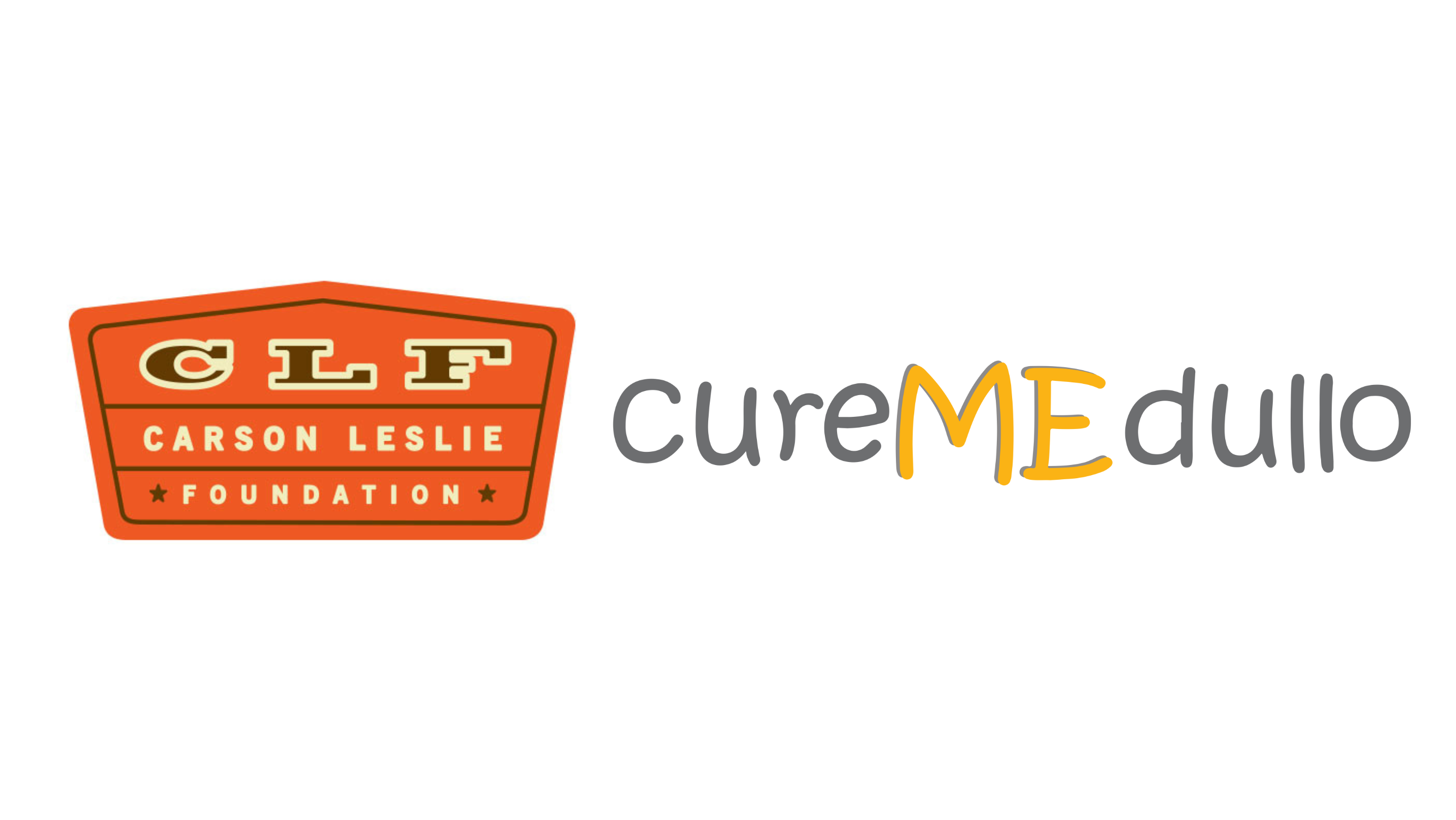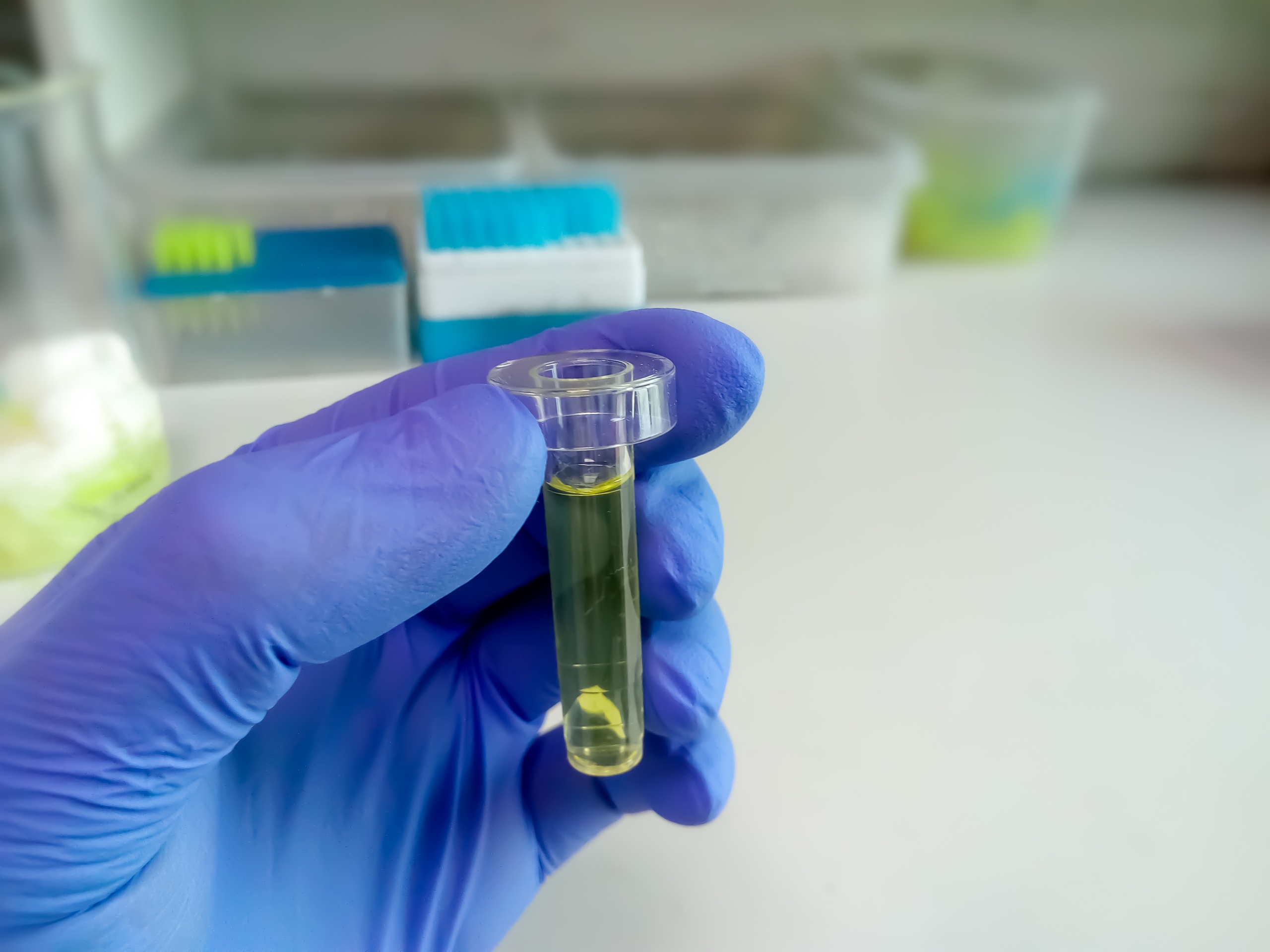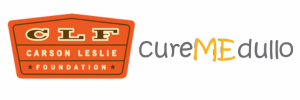Low-risk tumor
3-19 years old, the tumor is in the very back part of the brain and has not spread to other areas of the brain and spinal cord (negative CSF). Additionally, it is almost completely removed during surgery , meaning that less than 1.5 cubic centimeters (cm) of the tumor remains after surgery. Localized WNT group, Localized group 4 with loss of chromosome 11.
Standard-risk tumor
> 3 years old, the tumor is in the very back part of the brain and has not spread to other areas of the brain and spinal cord (negative CSF). Additionally, it is almost completely removed during surgery , meaning that less than 1.5 cubic centimeters (cm) of the tumor remains after surgery. Standard-risk tumors do not have molecular features that are linked with a worse chance of recovery. Localized SHH group without TP53 mutation or MYCN amplification, Group 3 without MYC amplification, Group 4 without loss of chromosome 11.
High-risk tumor
< 3 years old, has either spread to other parts of the brain or the spine, or it has not spread but more than 1.5 cubic cm of tumor remains after surgery. Some tumors that first appear to be standard-risk tumors will be found to have high-risk molecular features after testing is finished. In that case, the classification will change and it will be treated as a high-risk tumor with the current standard treatment plans. Metastatic or MYCN amplified SHH group, Metastatic group 4.
Very High-risk tumor
3-19 years old, has spread to other parts of the brain or the spine, more than 1.5 cubic cm of tumor remains after surgery, or inoperable,metastic Group 3, SHH with tP-53 mutation.





















